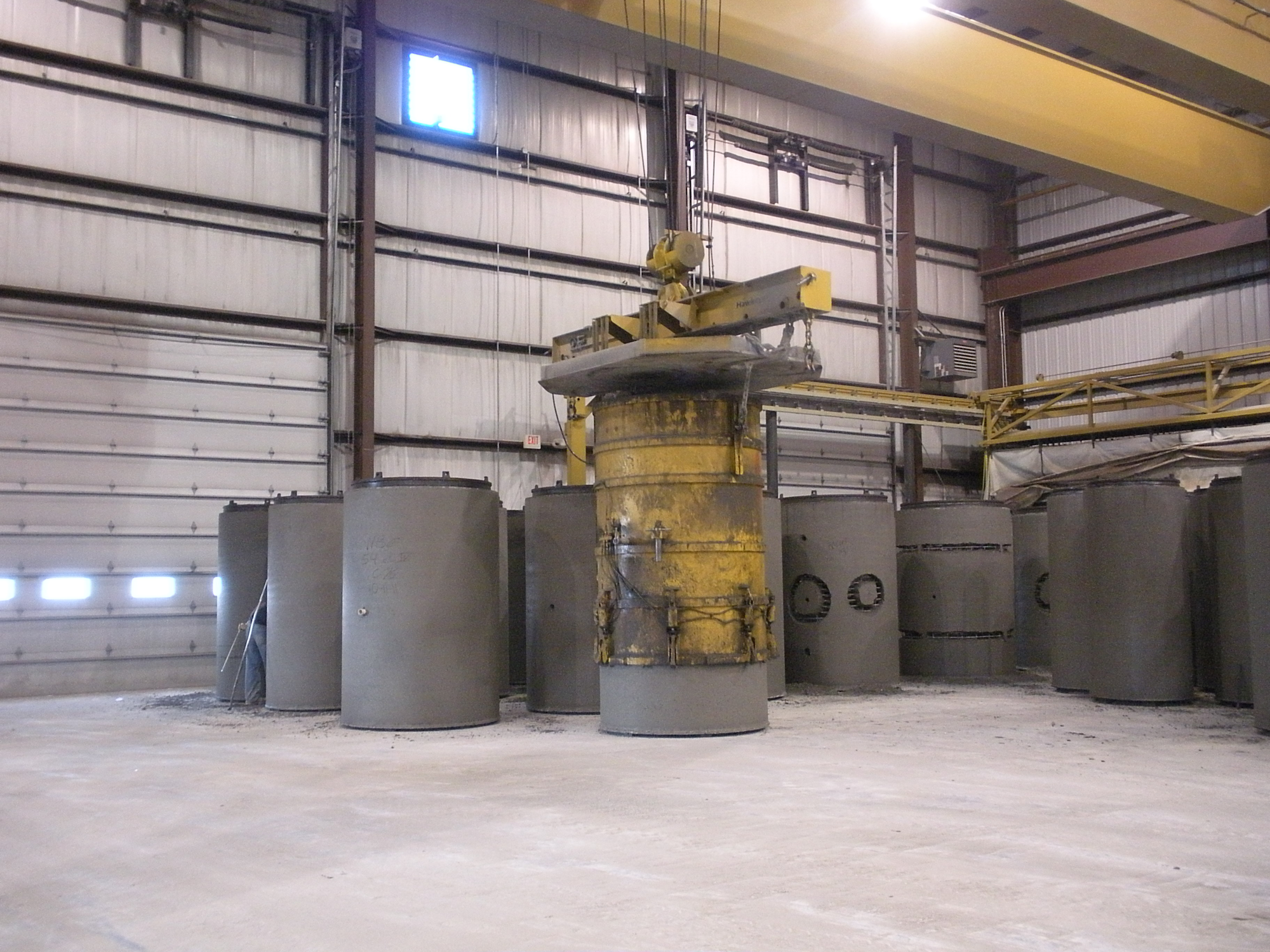 As I ride my bike through some of the grades, curves, and alignments along the bike paths in my area, I often wonder if the person who designed them rides a bike. Because I can't imagine anyone who rides regularly making some of the design choices I encounter. This got me wondering if the designer would have still made those same choices if they had to first ride their design before building it. Of course, up until recently this really would not have been possible. But thanks to newer technologies, this type of design tool could probably be implemented today, and here's how I'm thinking it could be done.
As I ride my bike through some of the grades, curves, and alignments along the bike paths in my area, I often wonder if the person who designed them rides a bike. Because I can't imagine anyone who rides regularly making some of the design choices I encounter. This got me wondering if the designer would have still made those same choices if they had to first ride their design before building it. Of course, up until recently this really would not have been possible. But thanks to newer technologies, this type of design tool could probably be implemented today, and here's how I'm thinking it could be done.
Let's say I am given a project with the goal of designing a bike facility. This route could consist of a shared use path or an on-road facility or a combination of both. I would begin with a fairly traditional approach of analyzing potential alignments. Then after choosing one or more proposed routes, I would arrange to have these alignments surveyed, bring them into a CADD program like Autodesk Civil 3D, and start developing my design for each alternative. At this point, the final alternative would be chosen by analyzing the route for impacts, costs, public opinion, access to specific destinations, property acquisition issues, and other typical factors we usually consider when finalizing a design. The downside of this approach is that the actual performance of the facility can never be assessed. It is just assumed that if the engineer followed the same design criteria for each alternative, they would all perform in a similar manner. However, based on specific environmental conditions or design choices, this might not necessarily be true. Then it is not until the route is built and the money is spent that the users realize there are some issues with the design. So how can we use newer technologies to overcome this inability to assess our design before actually building it?
During the stage in which we analyze the alternatives, we could export a 3D model of our design. Then we could upload it to a stationary bicycle that has a screen display of our route. The computer on the bike would then pick up the design parameters such as slopes, lengths of segments, curves, etc., and then program the bike to react to those parameters. So if I have designed too steep of a slope for too long of a distance, it will become very obvious as I actually bike that route. And while this could be done simply to analyze only the design of the path, other models such as terrain, trees, intersections, and buildings along with environmental conditions such as wind, sunlight, and perhaps even traffic flow could also be added to allow for a more detailed analysis of how the environment impacts the path. In addition to having the engineer bike their own design, potential users of the path who span a whole range of abilities could also bike the design and offer input and comments.
So how close are we to being able to do this? I suppose that is a question for the companies manufacturing stationary bicycles. I know they can take a route and project it on the screen as you can see in the photo at the beginning of this post. And I know they can adjust the bike for grade/resistance. But can they read essentially what would be metadata about the images being displayed and use that to control the grade? I don't know with the current bikes, but I am sure if it's not possible now, it could definitely be programmed to function in this manner. As for exporting a file from Civil 3D that could integrate with a stationary bike in this manner, I would think based on how innovative Autodesk has always been that company would have no problem figuring this out.
And even though my main thought in all this was to help us design better bike facilities, it also made me wonder if something like this could lead to a whole new industry for civil engineers in which we design virtual bike experiences for stationary bikes too!


